Smartphone photography has come a long way, and 2025 promises some of the most powerful camera systems yet. Whether you’re an avid photographer or a casual user, having a phone that can deliver stunning photos is more important than ever. In this guide, we explore the best camera phones to look out for in 2025, highlighting their key features, enhancements, and how they stand out in the competitive world of mobile photography.
Introduction: What Makes a Phone the Best for Photography?
In today’s world, a smartphone’s camera can make or break the user experience.
With advances in sensors, lenses, and AI-powered software, the best camera phones of 2025 are designed to take incredible shots in nearly any condition.
Why Camera Quality Matters More Than Ever in 2025
With more consumers relying on smartphones for everything from casual snapshots to professional-level photography, camera quality is a top priority. Factors like higher megapixel counts, optical zoom, and better low-light capabilities make a significant difference in the overall photo quality.
2025 will see further innovations, particularly with AI integration and computational photography, making it easier than ever for users to capture pro-level shots without the need for advanced knowledge.
Key Features to Look for in a Camera Phone
When selecting a phone for photography, look for:
- Multi-lens setups: A combination of wide, ultra-wide, and telephoto lenses offers versatility.
- AI-powered enhancements: AI optimizes images based on scene recognition, lighting conditions, and even your own photography style.
- Low-light performance: Larger sensors and improved night modes help ensure great photos in challenging conditions.
- High Dynamic Range (HDR): This feature balances bright and dark areas in a photo, making sure you capture all the detail, even in extreme lighting.
Top 5 Best Camera Phones to Watch in 2025
Here are the top contenders for the best camera phones in 2025. These devices offer cutting-edge tech and incredible photography capabilities.
1. iPhone 17: Apple’s Ultimate Camera Innovation
Apple continues to push the boundaries of smartphone photography, and the iPhone 17 is no exception. With advancements in both hardware and software, it is expected to be one of the best smartphones for photography enthusiasts in 2025.
Key Camera Specs and Features
- 48 MP main sensor: Apple’s primary camera boasts a high-resolution sensor for sharp, detailed shots.
- ProRAW and ProRes support: For professionals, these formats offer more flexibility during post-editing.
- LiDAR Scanner: This technology improves autofocus in low-light situations and adds a sense of depth to portraits.
New Software Enhancements for Better Photography
AI-powered features like Smart HDR 5 enhance color accuracy and dynamic range, while the new computational photography system automatically adjusts settings based on the scene.
Why iPhone 17 Might Be the Best for Professional Photographers
Apple’s seamless integration of hardware and software ensures that the iPhone 17 remains at the top of the photography game. Whether you’re shooting a landscape or a close-up portrait, the iPhone 17 is expected to deliver stunning results.
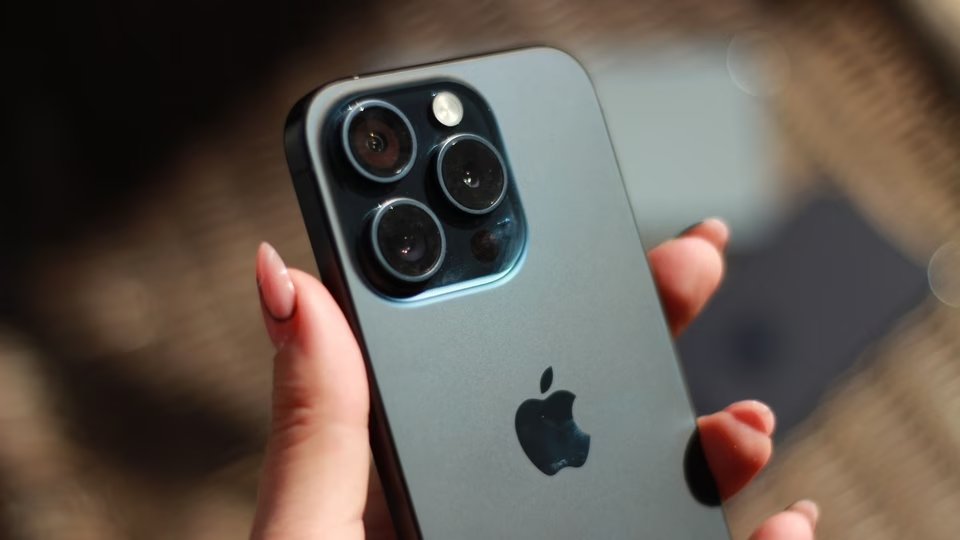
2. Samsung Galaxy S25: A Game-Changer for Android Photography
Samsung’s Galaxy S series is known for its impressive camera capabilities, and the Galaxy S25 is set to take things even further. With a new camera setup and enhanced zoom capabilities, this phone promises to be a powerhouse for mobile photography.
Enhanced Camera Setup and Hardware
- 200 MP primary camera: Samsung is likely to push the boundaries of megapixels with an ultra-high-resolution sensor.
- 10x optical zoom: A significant upgrade from the S24, the S25 is expected to offer stunning zoom capabilities without sacrificing image quality.
What’s New in the Galaxy S25 Camera System?
Samsung’s new AI integration will optimize photos based on various conditions, including lighting and subject movement. Additionally, the phone will feature enhanced night mode for clearer shots in low-light environments.
Comparisons with Other Leading Devices in the Market
Compared to competitors like the iPhone 17, the Galaxy S25 offers superior zoom and more powerful sensors, making it a great choice for users who prioritize versatility.
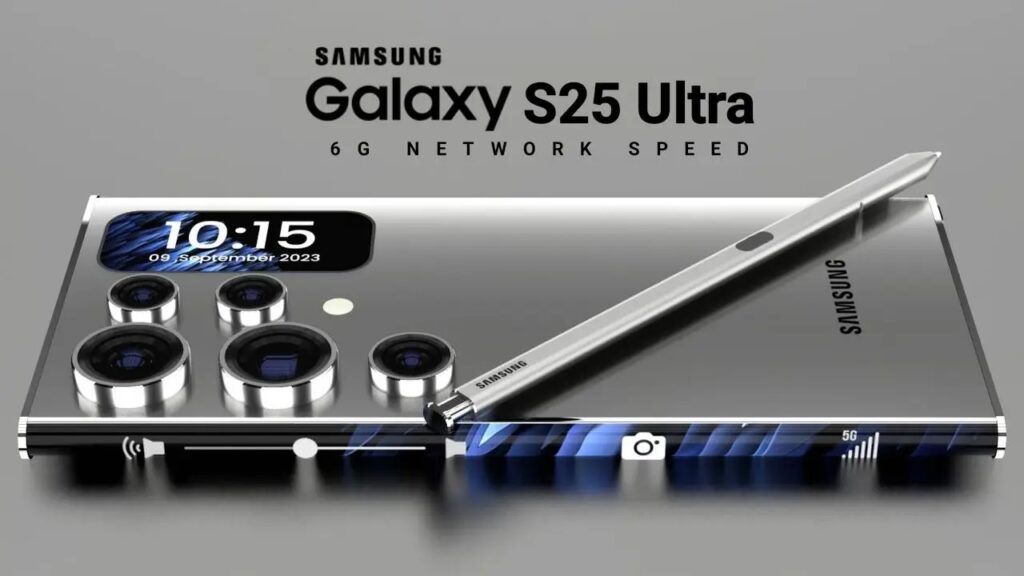
3. Google Pixel 9: Capturing the World with AI
The Google Pixel series has long been praised for its AI-driven photography, and the Pixel 9 will continue that tradition. With new AI-powered features, the Pixel 9 promises to elevate the mobile photography experience.
AI-Driven Photography Enhancements

Google’s computational photography system has always been a standout feature, and with the Pixel 9, we’ll see even smarter AI. Features like enhanced portrait mode, motion blur reduction, and scene optimization will ensure your photos are always top-notch.
Ultra-Wide and Telephoto Lenses: A Review
With both ultra-wide and telephoto lenses, the Pixel 9 offers unparalleled versatility, from stunning wide shots to detailed close-ups.
How Pixel 9 Stands Out for Low-Light Photography
Google’s Night Sight technology allows for bright, clear images even in near-darkness, making it the ideal phone for night photography.
4. Xiaomi Mi 14 Ultra: Budget-Friendly Powerhouse

Xiaomi continues to offer high-end features at a more affordable price point, and the Mi 14 Ultra is no exception. For users seeking a budget-friendly phone with impressive camera capabilities, this is a top contender.
Powerful Camera Sensors at a Lower Price
- 108 MP primary camera: The Mi 14 Ultra includes a massive sensor that delivers crisp, detailed images.
- 48 MP ultra-wide lens: Perfect for capturing expansive landscapes or group shots.
The Value of Xiaomi’s Camera Software
Xiaomi’s software makes it easy for users to capture professional-quality shots, with modes like AI Sky Enhancement and Super Macro.
Best Features for Mobile Photography Enthusiasts
If you’re looking for high-quality images without breaking the bank, the Mi 14 Ultra delivers top-tier performance at a fraction of the cost of premium brands.
5. Oppo Find X8 Ultra: Advanced Features for Pro Users
Oppo’s Find X8 Ultra is an exciting release for those who demand professional-level features in a smartphone. With cutting-edge technology and a focus on advanced mobile photography, it’s one to watch in 2025.
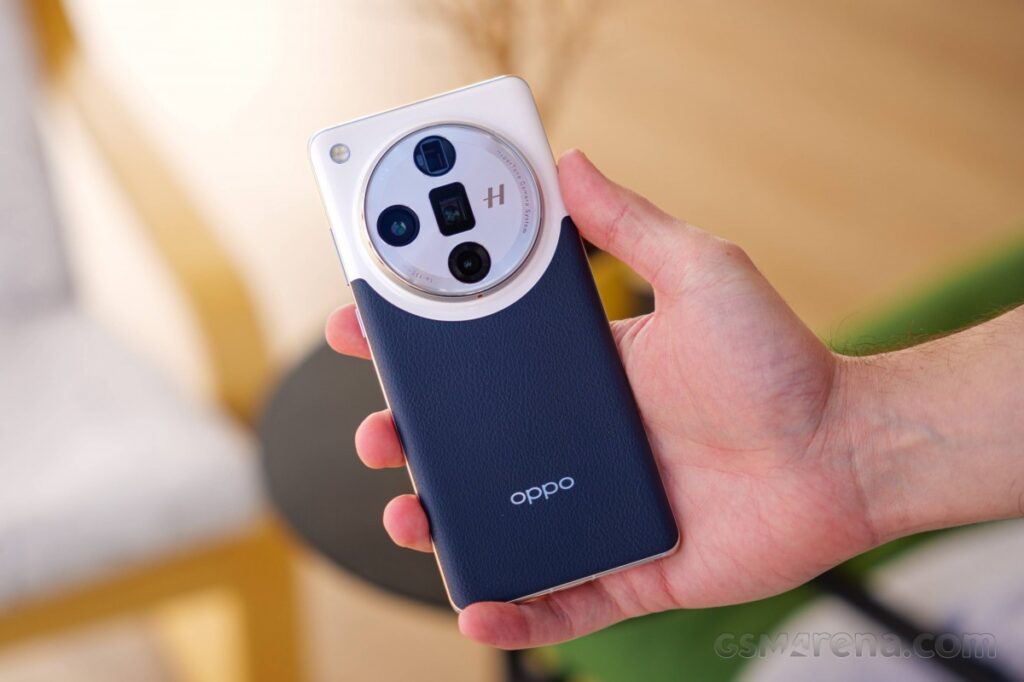
Cutting-Edge Camera Technology in 2025
- Sony IMX989 sensor: Oppo’s flagship phone will feature one of the best sensors available, providing superior clarity and dynamic range.
- 8K video recording: For those who want to push the limits of mobile videography, the Find X8 Ultra is likely to support 8K resolution.
Oppo’s Unique Approach to Smartphone Photography
Oppo’s custom software offers a range of manual controls, allowing users to fine-tune every shot.
How Oppo X8 Compares to Top Competitors in Quality
With features like an ultra-wide lens and 10x optical zoom, the Find X8 Ultra competes directly with high-end phones from Apple and Samsung.
Conclusion: Choosing the Right Camera Phone for Your Needs
Whether you’re an amateur photographer or a professional, there’s a camera phone in 2025 that will meet your needs.
Consider the features that matter most to you—whether it’s zoom capability, low-light performance, or AI-driven enhancements—before making your choice.
The top 5 phones highlighted here represent the cutting-edge of smartphone photography, offering something for everyone, from budget-friendly options to premium models designed for the pros.
Comparing Camera Specs: How These Phones Stack Up
In the world of smartphone photography, camera specifications are vital. From megapixels to sensor size, each feature contributes to the overall quality of photos. In 2025, several high-end phones will feature cutting-edge technology designed to meet the needs of both casual users and professional photographers.
| Aspect | Explanation | Phones & Features |
| Resolution, Sensor Size, & Lens Quality | The key elements for capturing high-quality photos. These factors determine how well a camera captures light and details. | iPhone 17: 48 MP main sensor with a larger sensor size for better light capture. Samsung Galaxy S25: 200 MP primary sensor with ultra-wide lens and 10x optical zoom. |
| Why Bigger Sensors Capture Better Light | Larger sensors capture more light, improving photo clarity and reducing noise in low-light conditions. | iPhone 17 expected to feature a larger 48 MP sensor for enhanced low-light performance, ideal for clearer, brighter photos in dark settings. |
| The Impact of Multiple Lenses in Mobile Photography | Multiple lenses like ultra-wide, telephoto, and macro allow for versatile shooting options in different settings. | Samsung Galaxy S25 to include a 200 MP sensor combined with ultra-wide and 10x optical zoom lenses, perfect for both wide-angle and detailed close-ups. |
| AI-Based Enhancements and Customization | AI optimizes photos by adjusting settings like exposure and composition for better results. | Google Pixel 9 will use AI to adjust settings in real-time for perfect photos, enhancing exposure, color, and composition with minimal manual intervention. |
| How HDR and Night Modes Improve Results | HDR balances light and dark areas in photos, while Night Mode helps capture clearer shots in low-light conditions. | iPhone 17’s Smart HDR 5 for improved light and shadow balance, Oppo Find X8 Ultra will have advanced Night Mode to capture clearer photos in dim settings. |
What’s New in Camera Phone Tech for 2025?
With technology advancing at a rapid pace, 2025 promises to introduce even more exciting camera features. Here’s a look at the innovations that will shape the future of smartphone photography.
Foldable Phones and Their Impact on Photography
The Rise of Foldables and Their Unique Camera Setups
Foldable smartphones are no longer just a novelty; they’re becoming a powerful tool for photographers.
The Samsung Galaxy Z Fold 6, for example, will likely include foldable camera sensors that can provide wider shots and more flexibility.
The ability to fold the phone allows for unique angles and perspectives that are difficult to capture with traditional smartphones, adding a creative dimension to smartphone photography.
How Foldables Could Change Mobile Photography
With foldable devices, photographers can more easily experiment with wide-angle shots and flexible framing.
This unique form factor allows users to shoot both portrait and landscape modes without needing to rotate the device, which makes it easier for users to create high-quality content on the go.
The Role of 5G in Camera Performance
5G and the Future of Mobile Photography
While 5G is primarily known for its speed, it will have a profound impact on mobile photography.
As phones like the Xiaomi Mi 14 Ultra leverage 5G, users will be able to upload high-quality images to the cloud or share them instantly with minimal latency.
5G speeds will also help photographers by enabling faster data processing for real-time editing and AI-enhanced photography features.
Speed and Connectivity: Faster Uploads and Cloud Processing
5G will also revolutionize cloud-based editing.
Users will be able to upload high-resolution images to cloud services and edit them remotely, allowing for faster workflows.
This is especially useful for photographers who need to edit and share large files in real-time.
The Growing Trend of Computational Photography
How Phones Are Using AI to Improve Image Quality
Computational photography is the future of mobile photography.
By using AI to analyze images and optimize them, phones like the Google Pixel 9 are able to deliver exceptional quality that surpasses the limitations of hardware alone.
These AI systems enhance details, reduce noise, and automatically adjust settings based on the environment, providing users with professional-quality photos without requiring manual input.
Examples from Top Phones in 2025
Phones such as the iPhone 17 and Samsung Galaxy S25 will feature advanced computational photography systems, which will improve dynamic range, adjust skin tones, and reduce distortion.
For example, Samsung’s AI Scene Optimizer and Apple’s Deep Fusion will work together to enhance every shot, ensuring that the image is perfectly balanced, no matter the conditions.
Conclusion: Choosing the Right Camera Phone for Your Needs
When selecting a smartphone for photography in 2025, it’s essential to understand which features matter most to you.
With a wide array of options on the market, picking the best camera phone involves aligning the device’s features with your photography style.
How to Pick a Phone Based on Your Photography Style
- Consider Your Primary Photography Needs: Are you more into portrait shots, landscape photography, or low-light images? Devices like the iPhone 17 are great for portraiture due to its advanced portrait mode, while the Samsung Galaxy S25 excels at zoom shots thanks to its powerful telephoto lens.
- Matching Phone Features to Your Desired Results: For photographers who want versatility, the Google Pixel 9 offers excellent AI-based enhancements, while the Oppo Find X8 Ultra brings pro-level customization and control for serious enthusiasts.
FAQs
1. Which are the best camera phones of 2025 for photography enthusiasts?
In 2025, iPhone 17, Samsung Galaxy S25, and Google Pixel 9 Pro are the leading contenders for the best camera phones. These devices are packed with advanced camera hardware and software, offering exceptional performance in smartphone photography. The iPhone 17 boasts a 48 MP sensor with Smart HDR 5, while the Galaxy S25 features a 200 MP sensor and multiple lenses, including a 10x optical zoom, for unparalleled versatility in mobile photography
2. What features make the iPhone 17 a top choice for smartphone photography in 2025?
The iPhone 17 is expected to be one of the best camera phones in 2025, thanks to its improved 48 MP sensor, Smart HDR 5 for enhanced dynamic range, and superior low-light performance. Additionally, its software-driven AI features help optimize settings automatically, making it a great option for both amateur and professional photographers looking for effortless, high-quality shots.
3. How does the Samsung Galaxy S25 enhance smartphone photography in 2025?
The Samsung Galaxy S25 stands out with its impressive 200 MP primary sensor, advanced 10x optical zoom, and multiple lens configurations, offering a high level of detail and versatility. With AI integration, the phone can optimize images based on the scene, providing enhanced color accuracy and clarity. Its capabilities make it an excellent choice for photographers who want to capture everything from wide-angle shots to distant subjects
4. What role does AI play in improving smartphone photography in 2025?
AI technology is revolutionizing smartphone photography by enabling automatic adjustments to lighting, exposure, and color, ensuring professional-quality photos without manual intervention. Phones like the Google Pixel 9 Pro use AI to enhance images in real-time, adjusting settings based on the environment. This makes it easier for users to take stunning photos in varying conditions, from low-light environments to bright outdoor scenes.

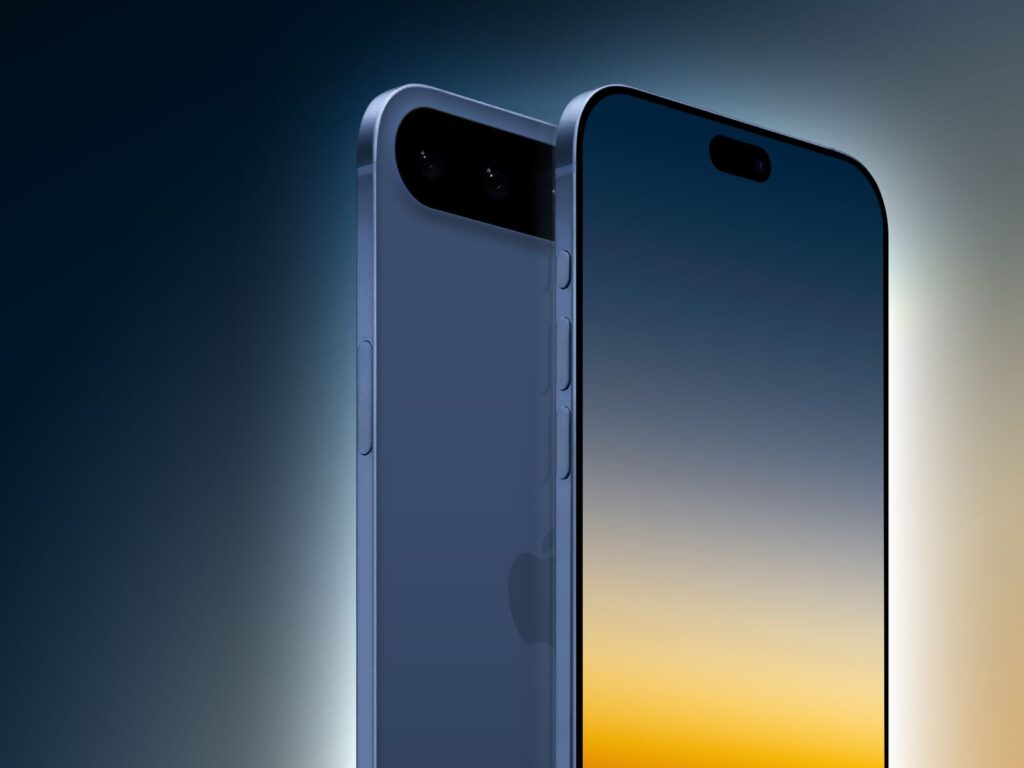
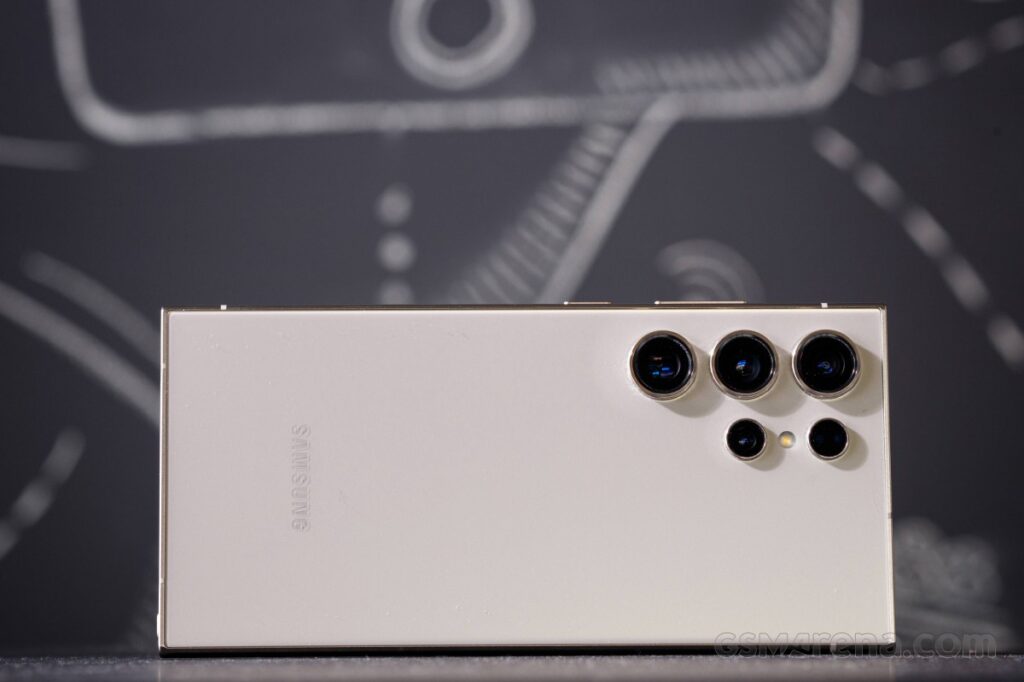
Pingback: Xiaomi 14 Ultra Review: The Best Photography Smartphone of 2025? - Best Vs Better
Pingback: Google Pixel 9: Here’s What You Need to Know! - Best Vs Better
Pingback: Everything You Need to Know About the OPPO Find X8 Ultra in 2025 - Best Vs Better
Pingback: The Best Upcoming Smartphones of 2025: What to Expect - Best Vs Better